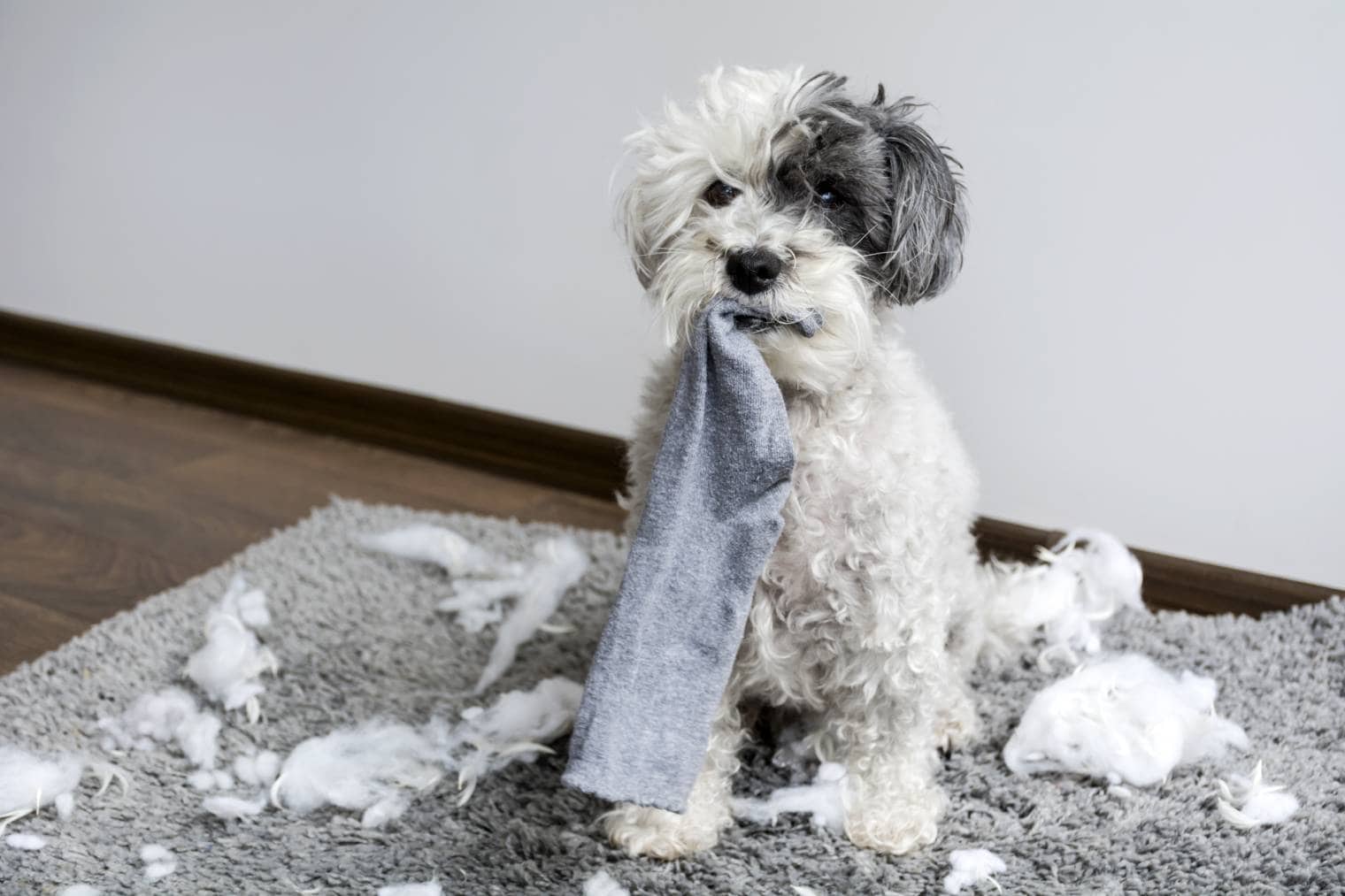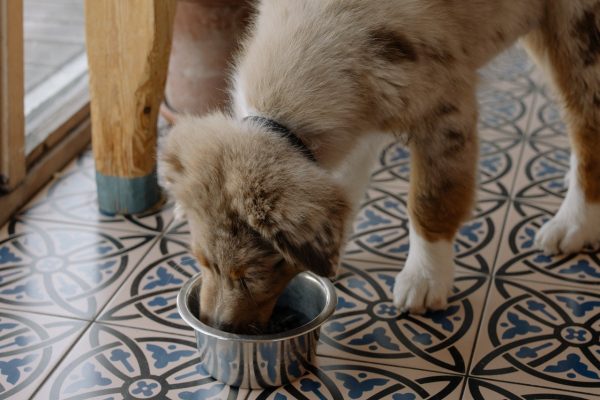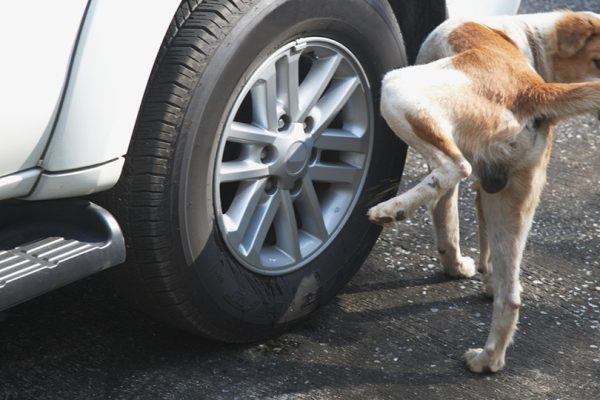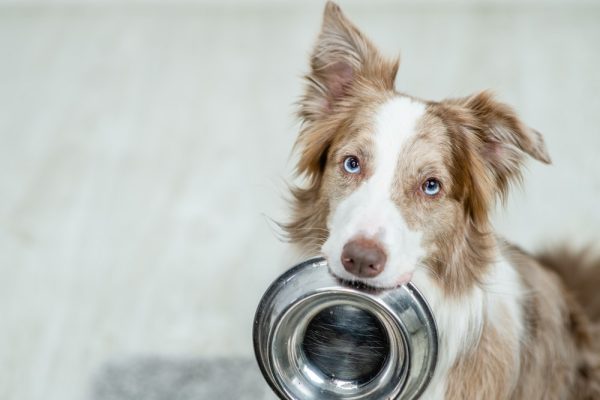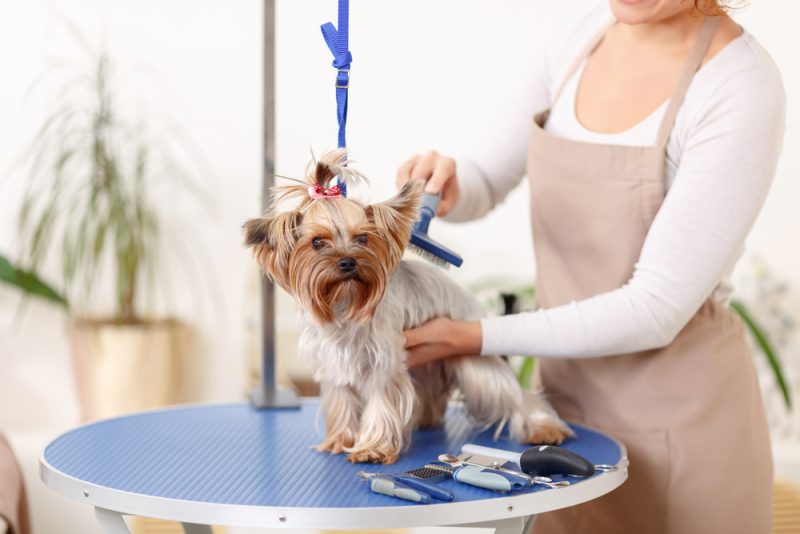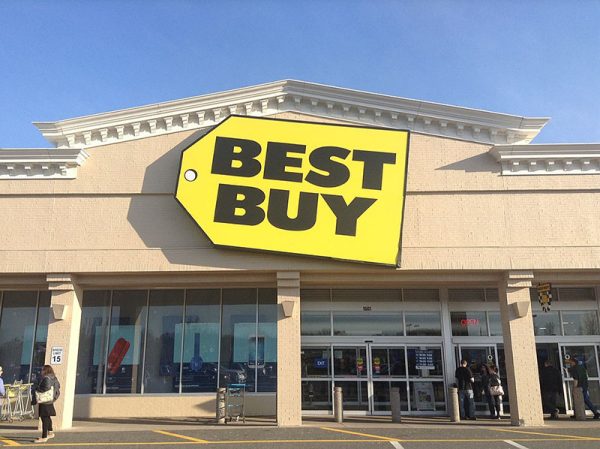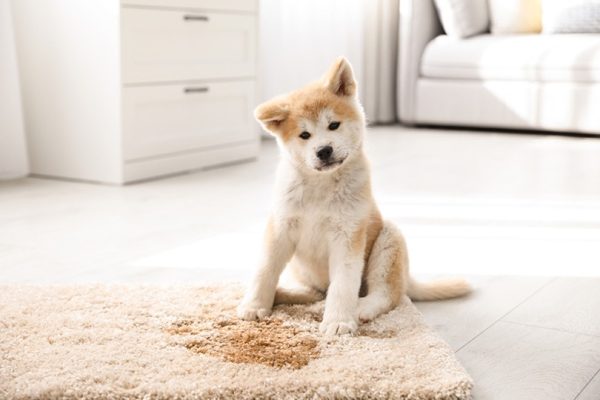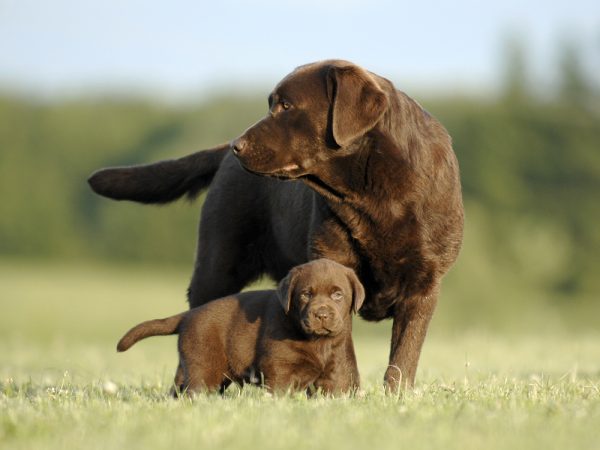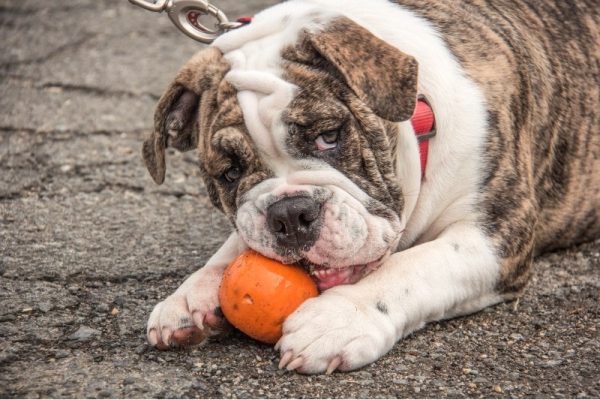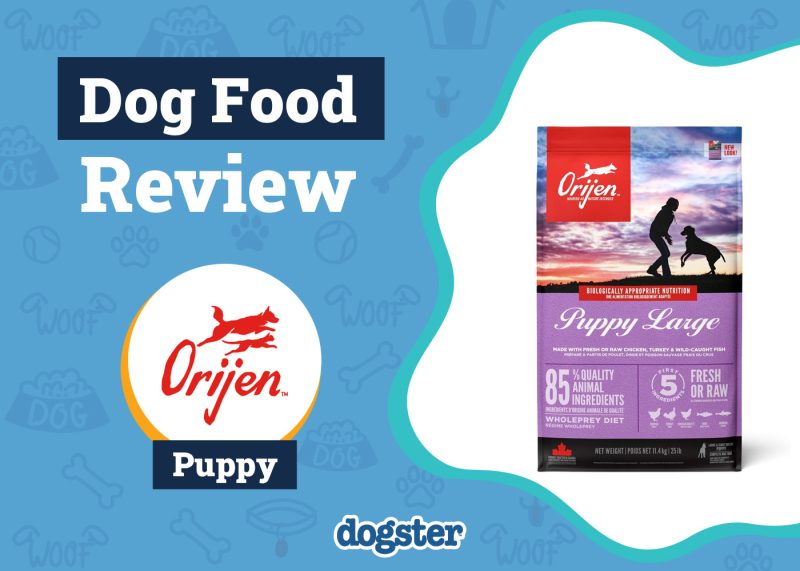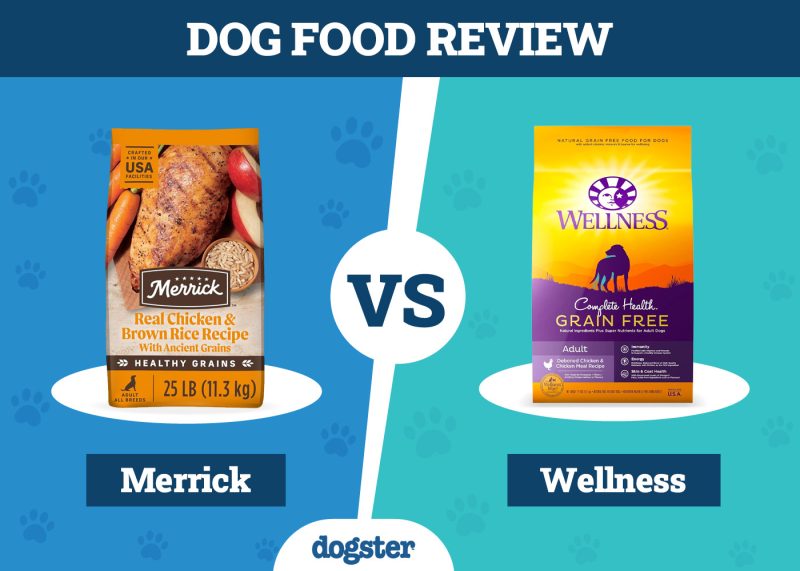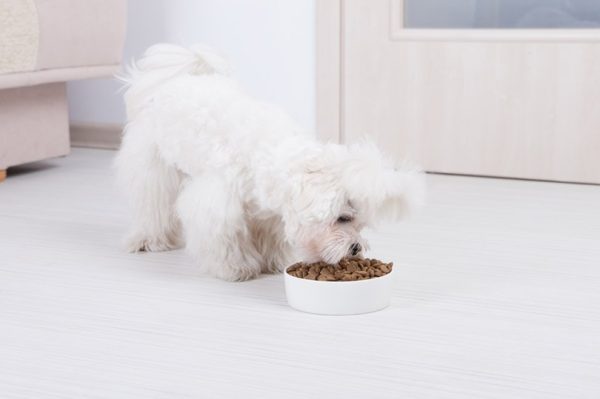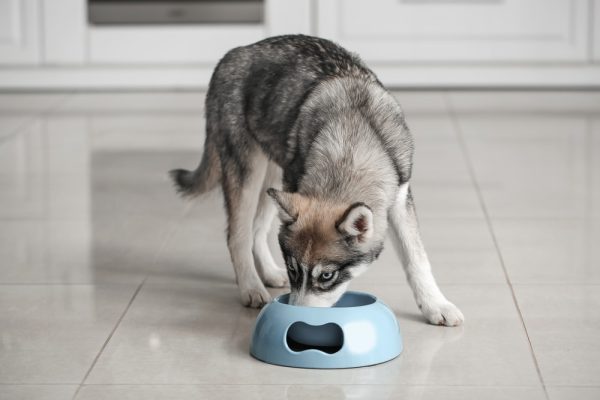Most dog owners can attest that clothing theft is an all-time favorite canine pastime. And if your canine is like most, it probably has a strong preference for entertaining itself with dirty laundry; your socks are an extremely popular target. Have you ever wondered why your dog loves stealing pungent, stinky, worn socks? If so, read on for why your dog can’t keep their paws off those old socks you threw in the laundry basket.

The 6 Reasons That Dogs Steal Socks
1. Attention
Dogs are notorious attention seekers, and they have a radar for those moments when you’re in the middle of something important. Stealing and other destructive behaviors are well-known mechanisms dogs use to get the attention of their owners.
Since dogs are intelligent, they usually go for something guaranteed to make you react. Some even double down on the behavior by chewing and swallowing bits and pieces of whatever they’ve gotten into—all in an attempt to get you to engage with them.
Prevention works wonders when it comes to managing attention-seeking behaviors.
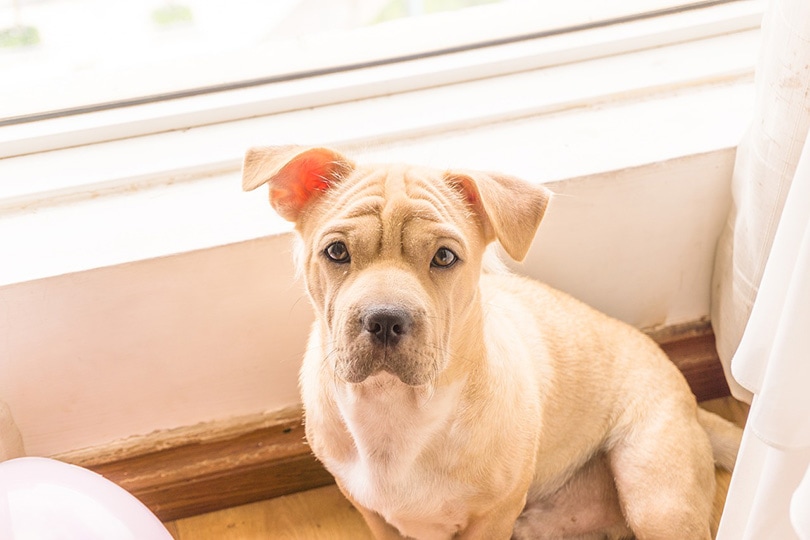
- How to fix the problem:
Give your pet a bit of extra TLC before you take that phone call or sit down to answer that important email. To minimize disturbances, make sure your furry friend has a toy or bone to play with while you’re busy, and consider working in a room your buddy doesn’t have access to.
2. Separation Anxiety
Dogs are social creatures who bond deeply with their caregivers. Unsurprisingly, many dogs become anxious when left alone, even for short periods, and they often bark loudly when their owner leaves. These animals sometimes try to prevent their owner from leaving and frequently chew things while their human is gone.
When alone, dogs suffering from separation anxiety chew on objects to calm themselves, and most respond to their owner’s scent. Chewing on and otherwise engaging with socks you’ve worn gives your anxious companion a double dose of calm!
- How to fix the problem:
Separation anxiety is best addressed by reducing the stress your friend feels when left alone. Exercise reduces canine stress, and walking or running with your pet before you leave can minimize unhealthy behavior while you’re gone. Most pets experiencing separation anxiety benefit from a calm living environment.
3. Chewing
If your dog enjoys chewing more than any other activity on earth, ’it’s probably not alone! While dogs engage with the world using their sense of smell, most love to lick and pick up strange objects with their mouths.
Dogs chew for various reasons, from stress to curiosity. When it comes to chewing, it’s critical to identify the cause of the behavior before determining a solution. If your dog isn’t exhibiting other signs of stress, such as excessive barking or pacing, it’s probably just entertaining itself in a time-honored instinctive way—by chewing.
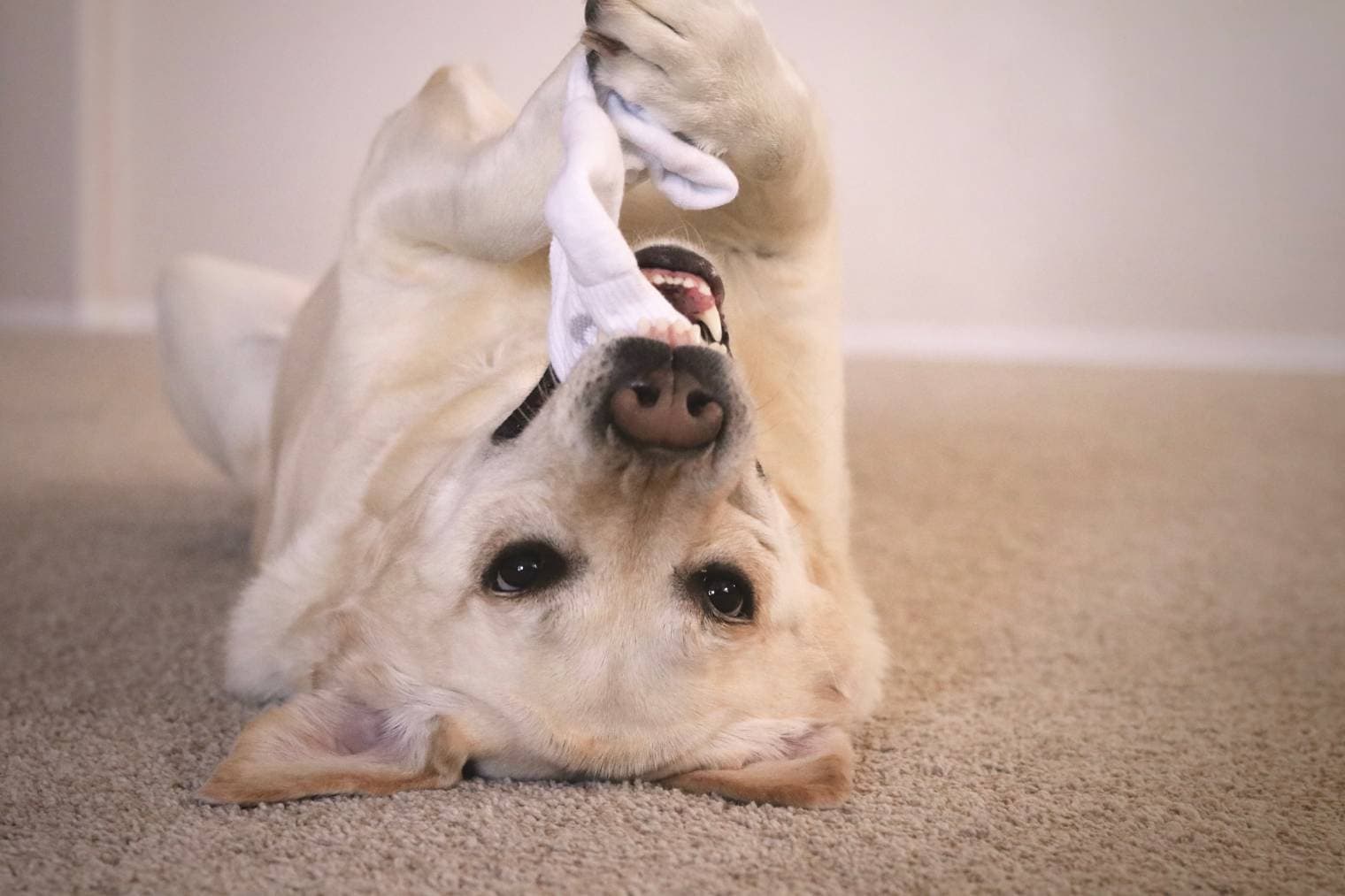
- How to fix the problem:
If your dog is healthy, getting enough exercise, enjoying life, and occasionally getting into your dirty laundry, there’s probably nothing much you need to do other than restrict access to the laundry bin and purchase plenty of chew toys. A toy box filled with doggy toys can keep your pet stimulated and prevent damage to your property.
4. Boredom
Canines left at home alone during the day are frequent sock-stealing offenders, and some become destructive out of sheer boredom. Dogs require a ton of mental and physical stimulation and need toys and activities to keep them busy.
While adult dogs can usually be left alone indoors for 4–6 hours, puppies and sick dogs can often only stay by themselves for very short periods. Dogs must have something to engage with, or boredom will set in, and you’ll come home to discover your pooch has gotten into your laundry basket.
- How to fix the problem:
Take your pup on a long walk or play with it before you leave the house to wear it out a bit. It will be less likely to exhibit destructive behavior if its needs for mental stimulation are met. Wearing your canine friend out with a good long walk will encourage napping, which leaves less time for getting into your unmentionables.
5. Your Smell
Animals have specific strengths, and dogs are super smellers—they can smell 100,000 times better than humans. Canines of all breeds rely heavily on their noses to interpret the environment and even learn about other animals.
A dog with a special bond with its owner is often comforted by that individual’s scent. It makes sense that when you’re away, your dog seeks out items that smell like you. It’s kind of like a canine security blanket.
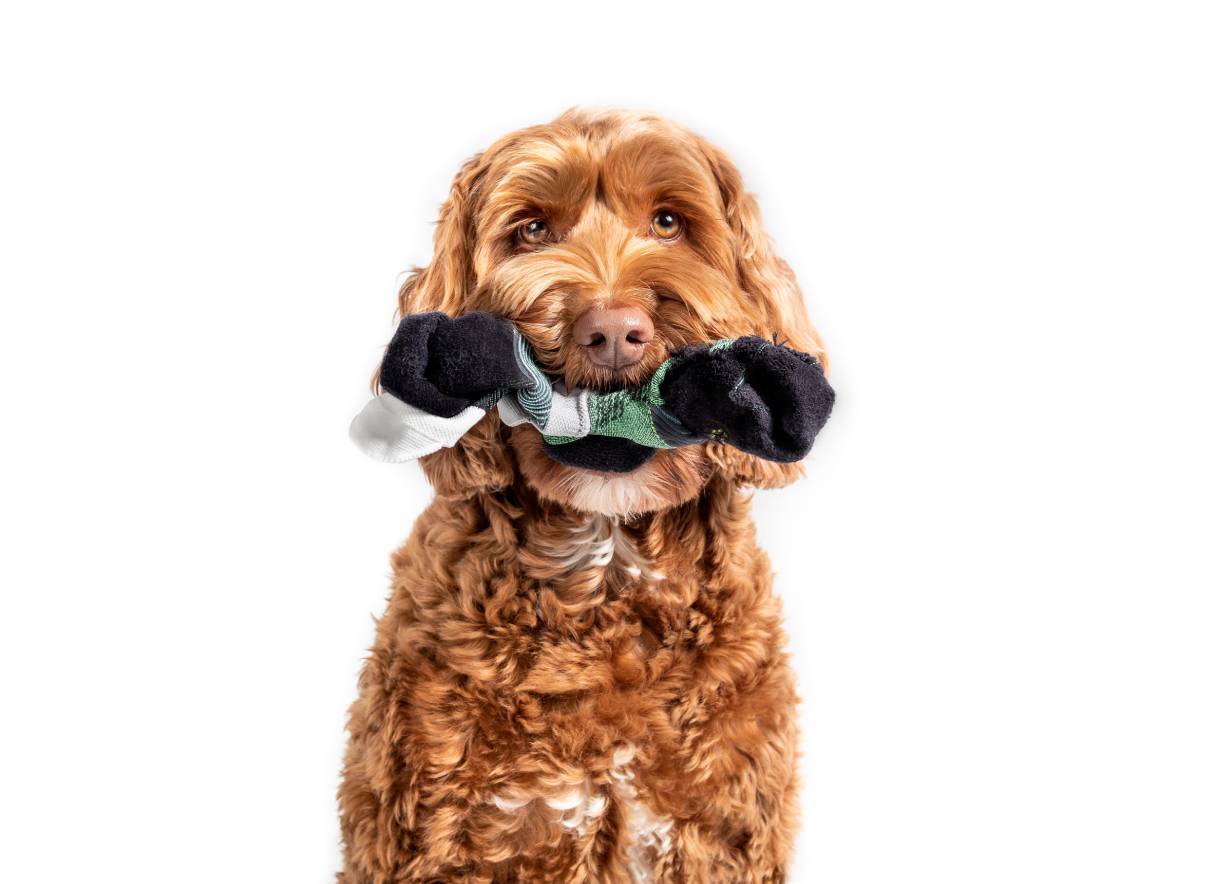
- How to fix the problem:
While this may seem harmless, keeping clothing and other items your dog likes to chew out of your friend’s paws is always best. Not only can your clothing rip and tear, but there’s also always the chance your dog will ingest something, sending you to the vet for an emergency visit.
6. Pica
Pica is a medical condition in which dogs regularly and compulsively eat non-food objects. Anything from drywall to toilet paper are possible targets, but clothing and other items that smell like the dog’s favorite person are often what the pet keeps returning to.
Pica can have several causes, from thyroid problems to stress—it’s similar in many ways to obsessive-compulsive disorder in humans. Your vet can run blood tests to see if your dog might be stealing and eating your socks because of a medical condition. However, you can take steps to protect your dog’s health regardless of the cause.
- How to fix the problem:
Dogs suffering from Pica tend to have favorite non-food objects they regularly eat. So, the simplest way to keep your dog safe is to keep them away from their favorite non-food targets, including your socks.
Opt for a laundry basket with a secure lid for a quick and easy fix, and put your socks in the hamper where they belong instead of on the floor. Of course, continue to visit your vet so they can monitor your pet’s progress with the condition.
Seek veterinary advice if you’re concerned about your pet’s well-being.
If you need to speak with a vet but can't get to one, head over to PangoVet. It's our online service where you can talk to a vet online and get the advice you need for your dog — all at an affordable price!

Conclusion
While it’s usually harmless for dogs to steal socks, chewing on and eating products like nylon can be dangerous for dogs, depending on the animal’s size and how much they ingest. So, while sock-stealing is a perfectly natural canine behavior, try to limit it by providing safe alternatives and giving your companion a ton of affection and attention. If your furry friend gets into your dirty laundry and eats a sock or two, prevent your pet from eating anything else and call your vet for advice.
Related Read:
Featured Image Credit: Boryana Manzurova, Shutterstock
